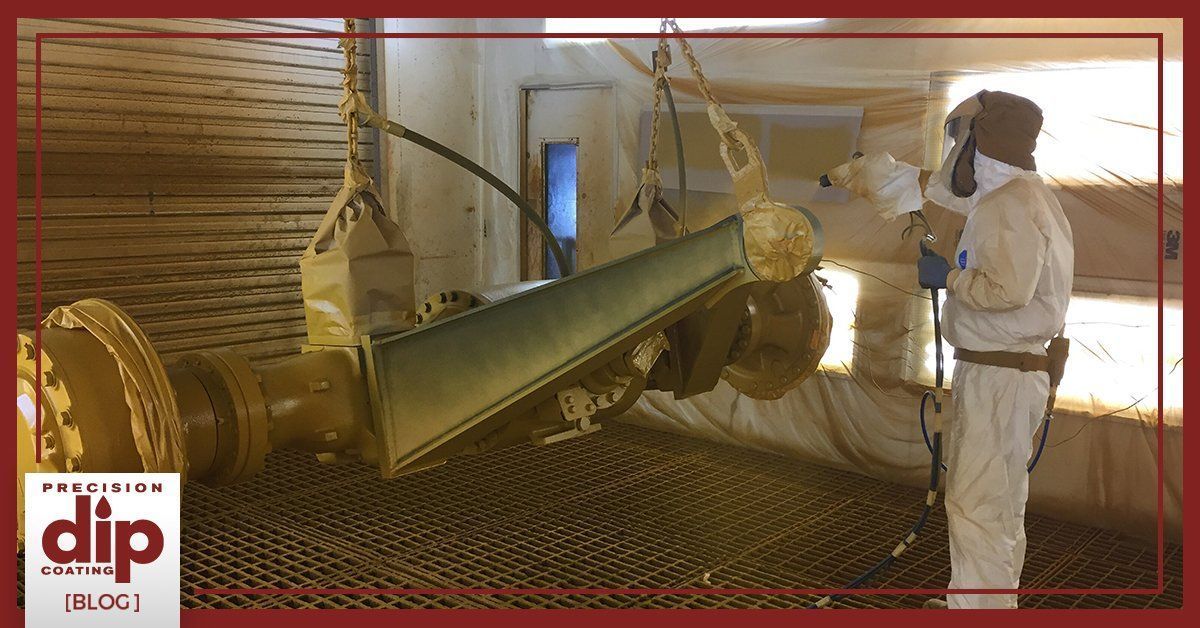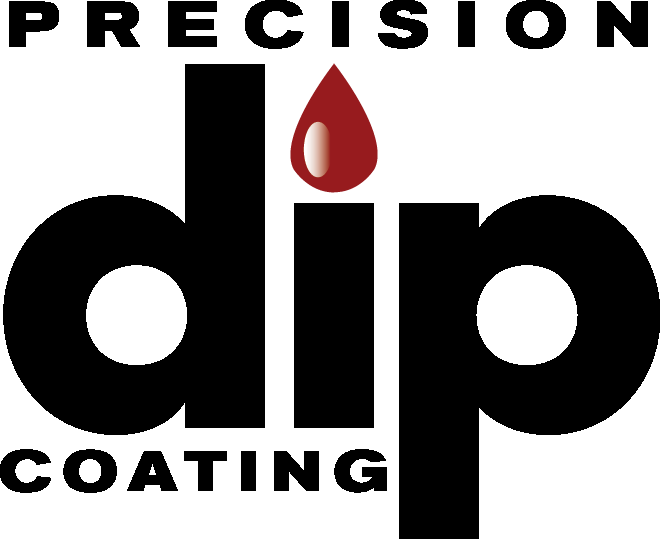The Magical Cling of Electrostatic Spray Coating

Electrostatic spray coating is one of the most efficient and effective ways to apply a protective polymer coating to parts and products. A little more complex than traditional spray painting, the technique offers a long-lasting, highly-durable coating that can be used with numerous types of polymers and substrates.
What Is the Electrostatic Spray Coating Process?
In brief, the process involves a combination of electrical charges, powdered polymer applied with a specialized spray gun, and a heat curing process to harden the sprayed part. Coatings are typically between 30 and 250 microns. Popular materials used in electrostatic spray coating include polyester, nylon, epoxy, polyethylene, and Halar.
What Makes Electrostatic Spray Coating Work?
Electrostatic spray coating relies on the laws of physics and chemistry to work. You've probably heard the phrase "opposites attract", and that's good news for electrostatic spray coating. Parts to be coated are grounded to remove excess electrical charges. The polymer powder in the spray gun receives a negative charge. When it is sprayed at a part, the negatively charged polymer powder particles are irresistibly drawn to their opposites in the grounded part creating an even coating. When the two connect, they form an ionic bond that is tremendously durable.
Advantages of Electrostatic Spray Coatings
Because of how the process works, there is virtually no waste (15% to 55% less than standard coating methods) and the result is a very smooth, evenly-coated, highly durable surface. Minimal waste helps make it a cost-effective process, and with no need for a solvent, it is more environmentally friendly. Shapes which might challenge other coatings methods can be more easily coated with electrostatic spray coating.
At Precision Dip Coating, our team of experts has decades of experience in applying electrostatic spray and other polymer coatings.
Contact us today to learn more about our full coating and molding capabilities and our value-added services.






